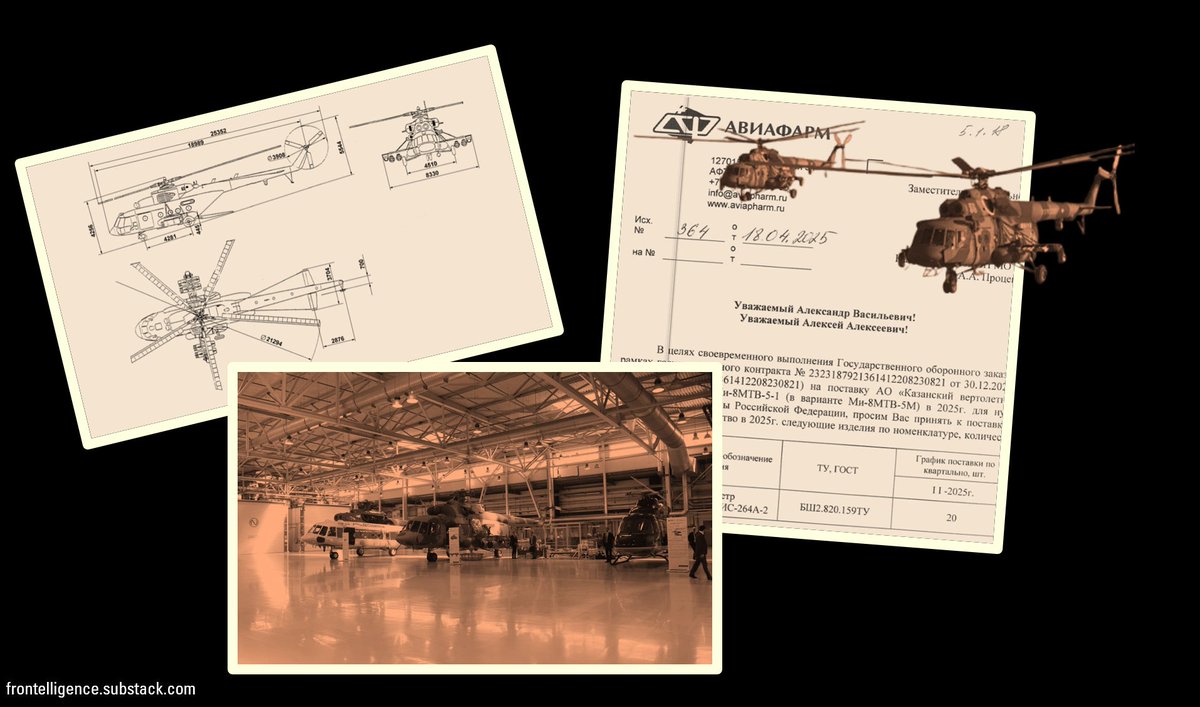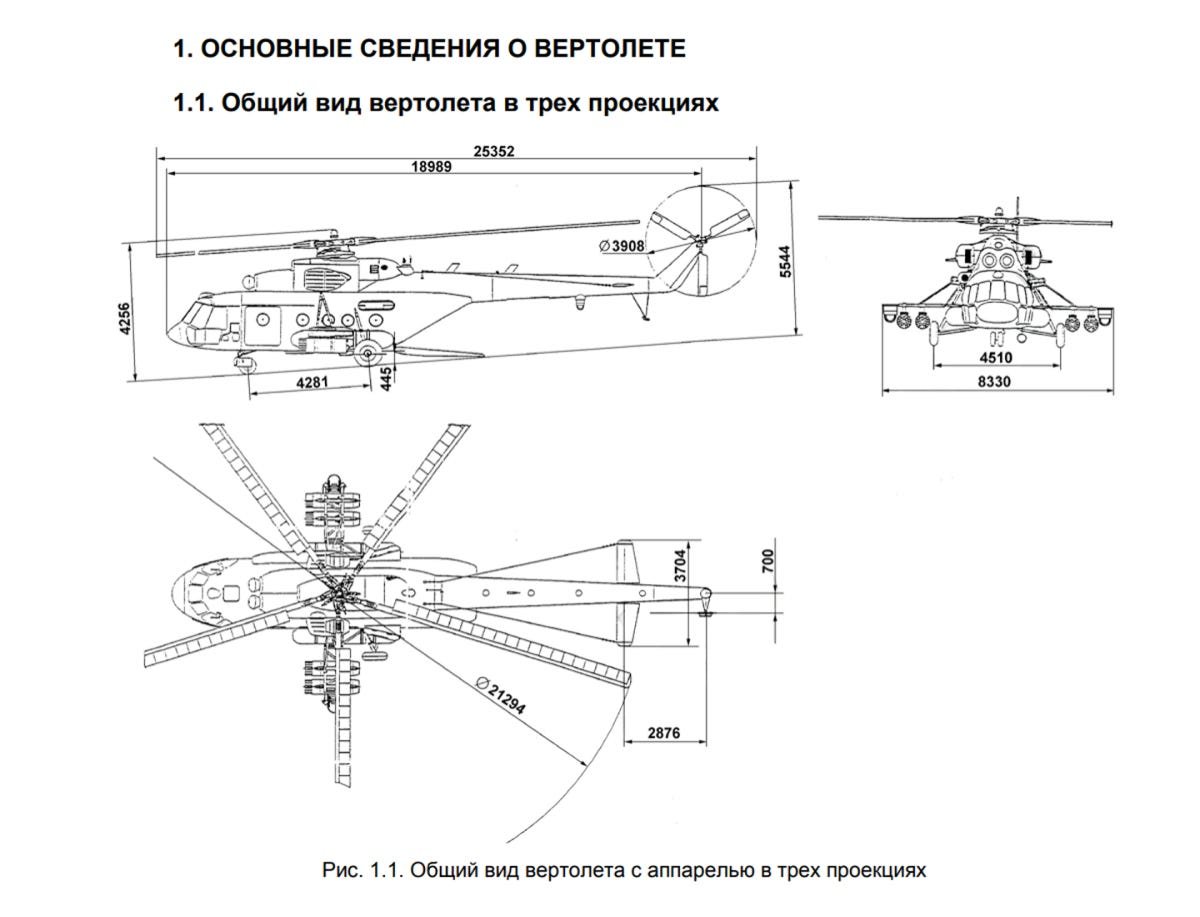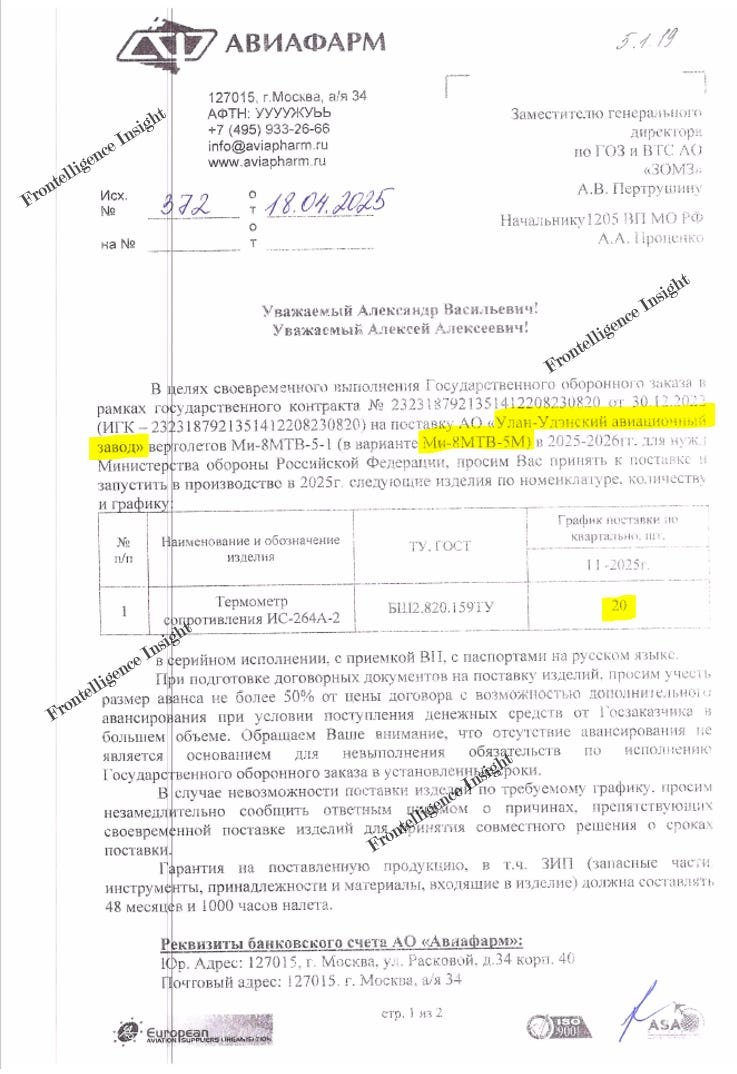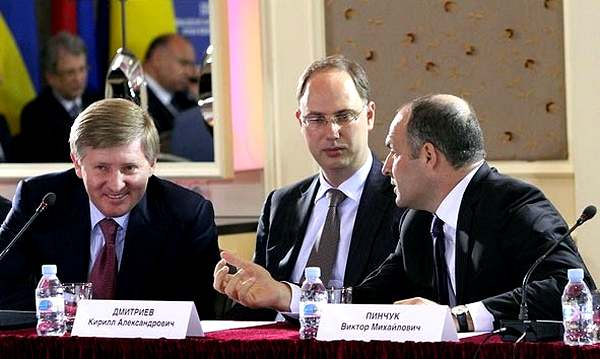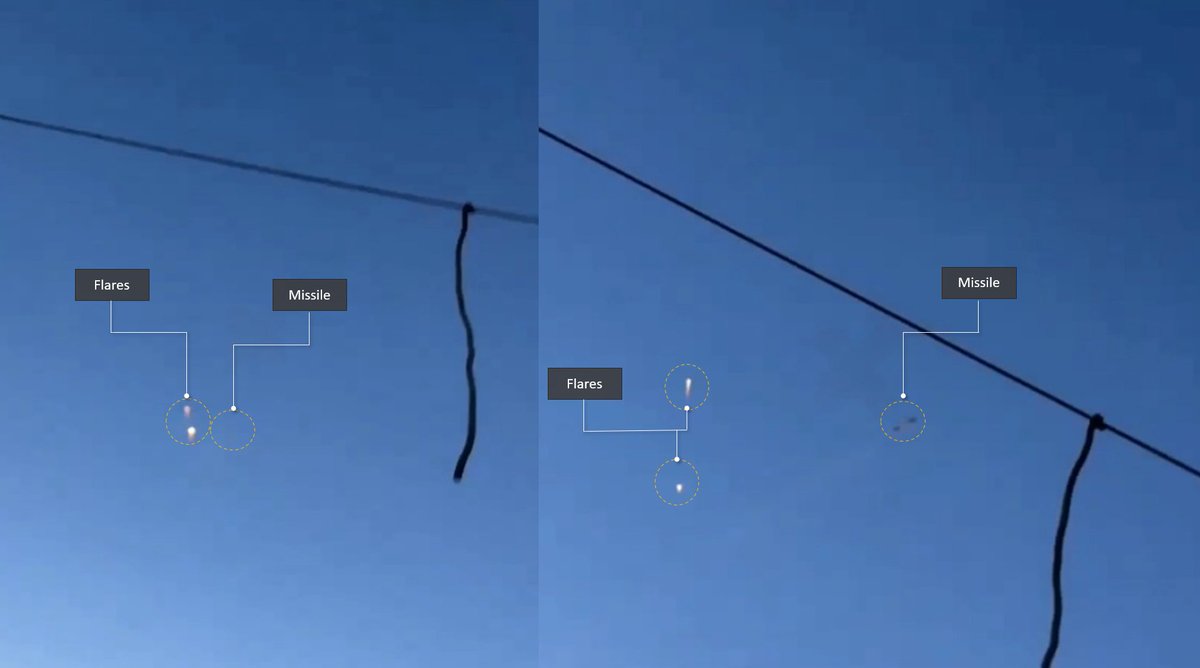After extensive research and analysis of North Korean deliveries to Russia using various sources and calculations, we estimate that Russia has received around 2,000 cargo containers containing over half a million artillery shells. The article link is at the end of this 🧵thread: 

2/ This estimate, which leans toward the conservative side, suggests that the actual number likely surpasses 500,000. These artillery shells encompass predominantly both 152mm and 122mm calibers. 

3/ We measured containers, identified types, gathered data on the crates, and used basic mathematical calculations to arrive at what we think is a reliable estimate. To validate our findings, we applied different approaches to calculations and arrived at nearly identical numbers 
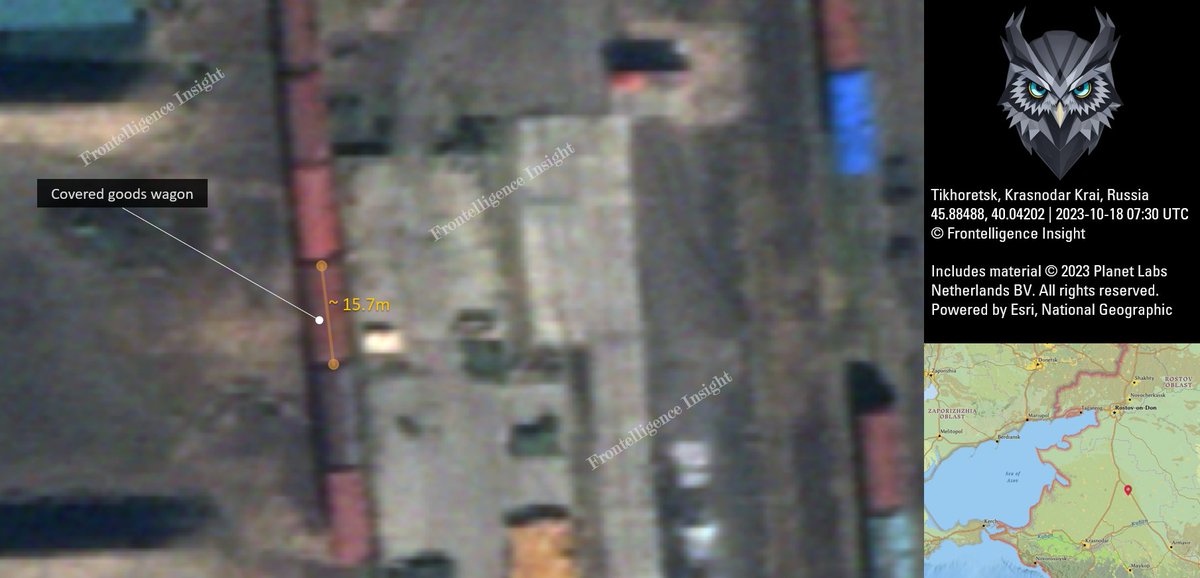
4/ We decided to explore multiple scenarios because we lack precise data on the distribution of delivered ammunition, resulting in our report containing 4 variants. Nevertheless, it's highly likely that at least 50% of the total deliveries consist of 152mm ammunition. 

5/ The White House confirmed 1,000 container shipments from September to October. October 27th, satellite images show a cargo ship at Rajin port. This proves continuous shipments, extending almost a month beyond the White House's announcement of 1,000 containers in early October. 

6/ The substantial ammunition supply is a concern for Ukraine, given the war's reliance on artillery. Though there were occasional shortages and decreased artillery fire, Russian forces partially retained their ammunition stocks, now augmented by North Korean deliveries. 

7/ This also raises questions about whether Russia provided financial support to the cash-strapped North Korean regime or shared other military technologies, potentially affecting the security environment of the Korean peninsula. 

8/ For detailed information and a more in-depth exploration of our sources, calculations, and verifications, please refer to the full article available here: frontelligence.substack.com/p/counting-the…


9/ If you like our work, please consider supporting us by subscribing to a premium subscription or donating through BuyMeaCoffee. Your support helps us to continue, as we are budget-constrained. Sharing and quoting also greatly assist us. Thank you!
buymeacoffee.com/frontelligence
buymeacoffee.com/frontelligence
• • •
Missing some Tweet in this thread? You can try to
force a refresh




